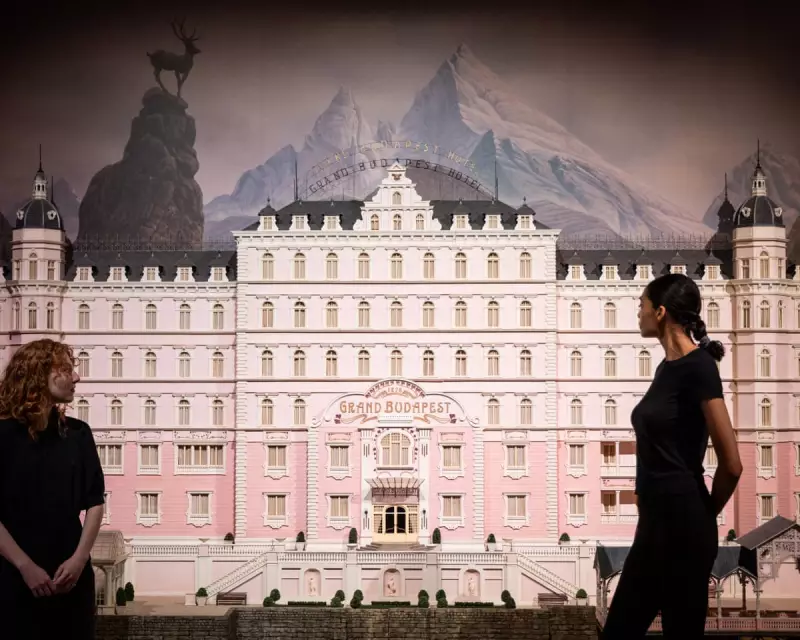
The Design Museum in London has unveiled an extensive exhibition dedicated to the meticulously crafted world of filmmaker Wes Anderson, offering visitors an unprecedented look behind the curtain of his distinctive cinematic universe.
A Treasure Trove for Wesophiles
Running from 21 November to 26 July, Wes Anderson: The Archives presents an expanded version of a show originally devised with Paris's Cinémathèque Française. The exhibition features approximately 700 objects excavated from a Kent warehouse, arranged chronologically across Anderson's thirty-year career.
Among the remarkable artefacts on display are the actual pink model of the Grand Budapest Hotel, resembling a monstrous marzipan wedding cake, and numerous stop-motion puppets from Fantastic Mr Fox, lined up like a vulpine identity parade. Visitors can also admire Tilda Swinton's luxurious red velvet and mink costume from The Grand Budapest Hotel and an intricately detailed scale model of the Darjeeling Express.
The Anatomy of Anderson's Quirk
The exhibition reveals Anderson's notorious attention to detail, beginning with a vitrine displaying identical spiral-bound notebooks filled with preternaturally neat handwriting outlining ideas for each film. This obsessive finickiness extends to seemingly minor elements, such as auditioning left-handed children to achieve authentic 1960s handwriting for a brief note in Moonrise Kingdom.
Perhaps most impressive is the display dedicated to Anderson's stop-motion animation work. The exhibition explains that Fantastic Mr Fox took two years to complete, with animators manipulating models between 12 and 24 times for each second of film. The show also highlights Anderson's collaboration with major talents, including costume designer Milena Canonero and graphic designer Erica Dorn.
Beyond the Quirky Surface
While celebrating Anderson's distinctive visual style, the exhibition doesn't shy away from more critical perspectives. It acknowledges what American critic Jonah Weiner described as the "clumsy, discomfiting way Anderson stages interactions between white protagonists and non-white foils", particularly evident in The Darjeeling Limited.
The exhibition design by Ab Rogers features rooms decorated in various shades of red, from post-box to maroon, creating an incarnadine backdrop that makes Anderson's colourful creations fairly zing. However, some might find the insistent "Wesness" overwhelming, akin to being trapped in a branch of Oliver Bonas crammed with hyper-twee gewgaws.
Despite this, Anderson's idiosyncratic deadpan style continues to attract considerable following, even spawning the fan website Accidentally Wes Anderson, where devotees submit Andersonesque tableaux from around the world. For both casual viewers and dedicated Wesophiles, this exhibition offers a unique opportunity to explore the intricate details behind one of cinema's most distinctive visual storytellers.





